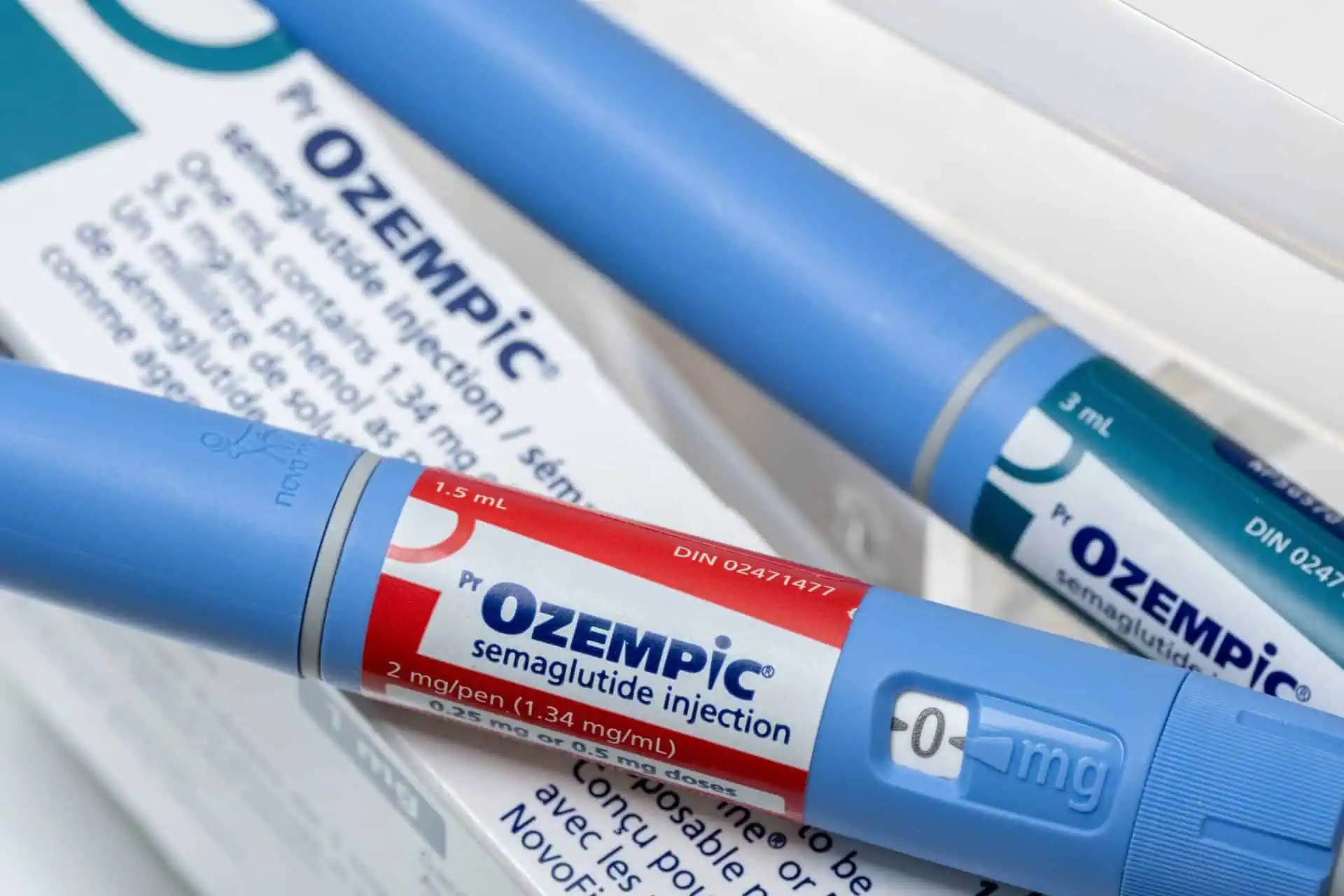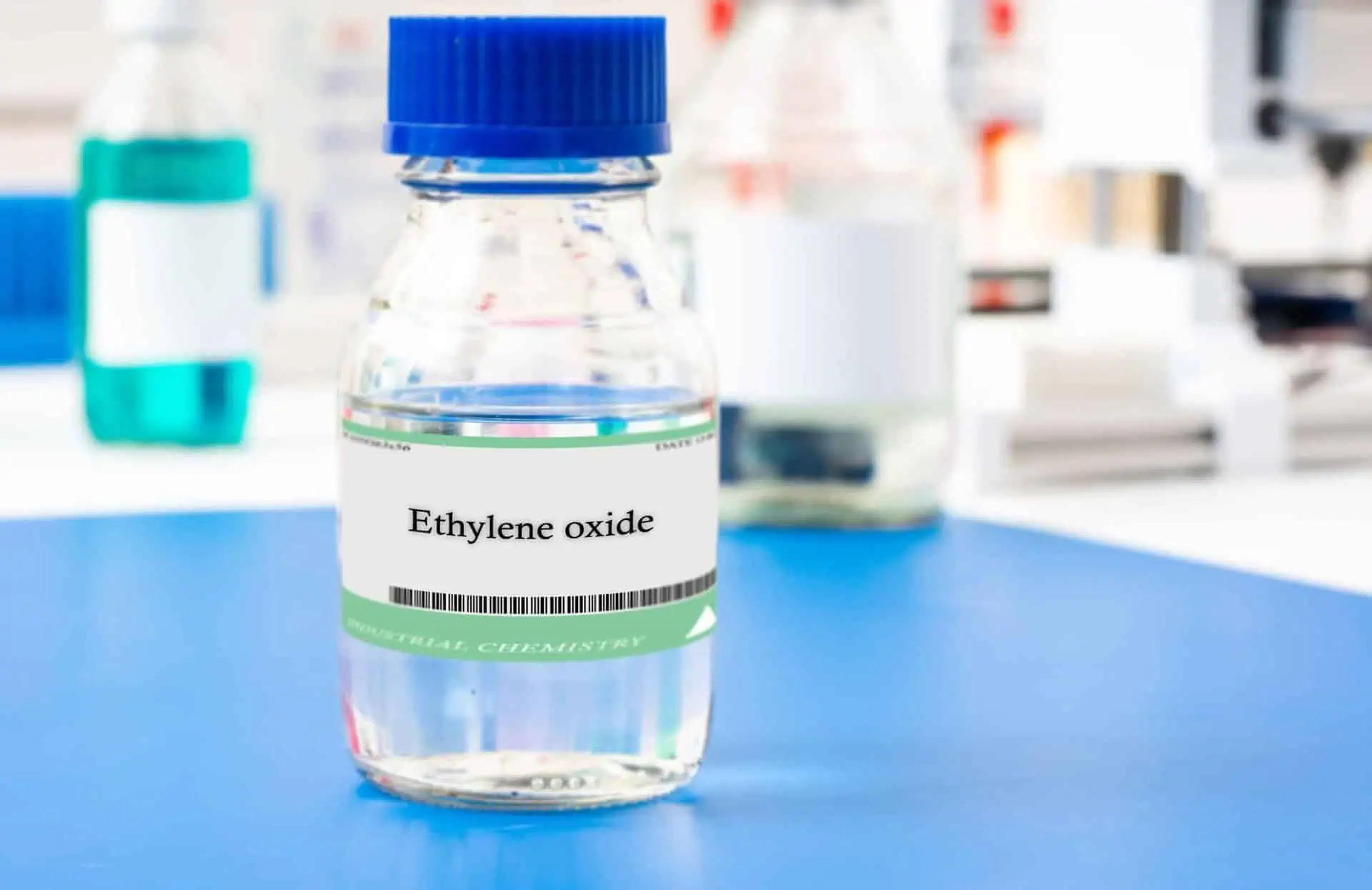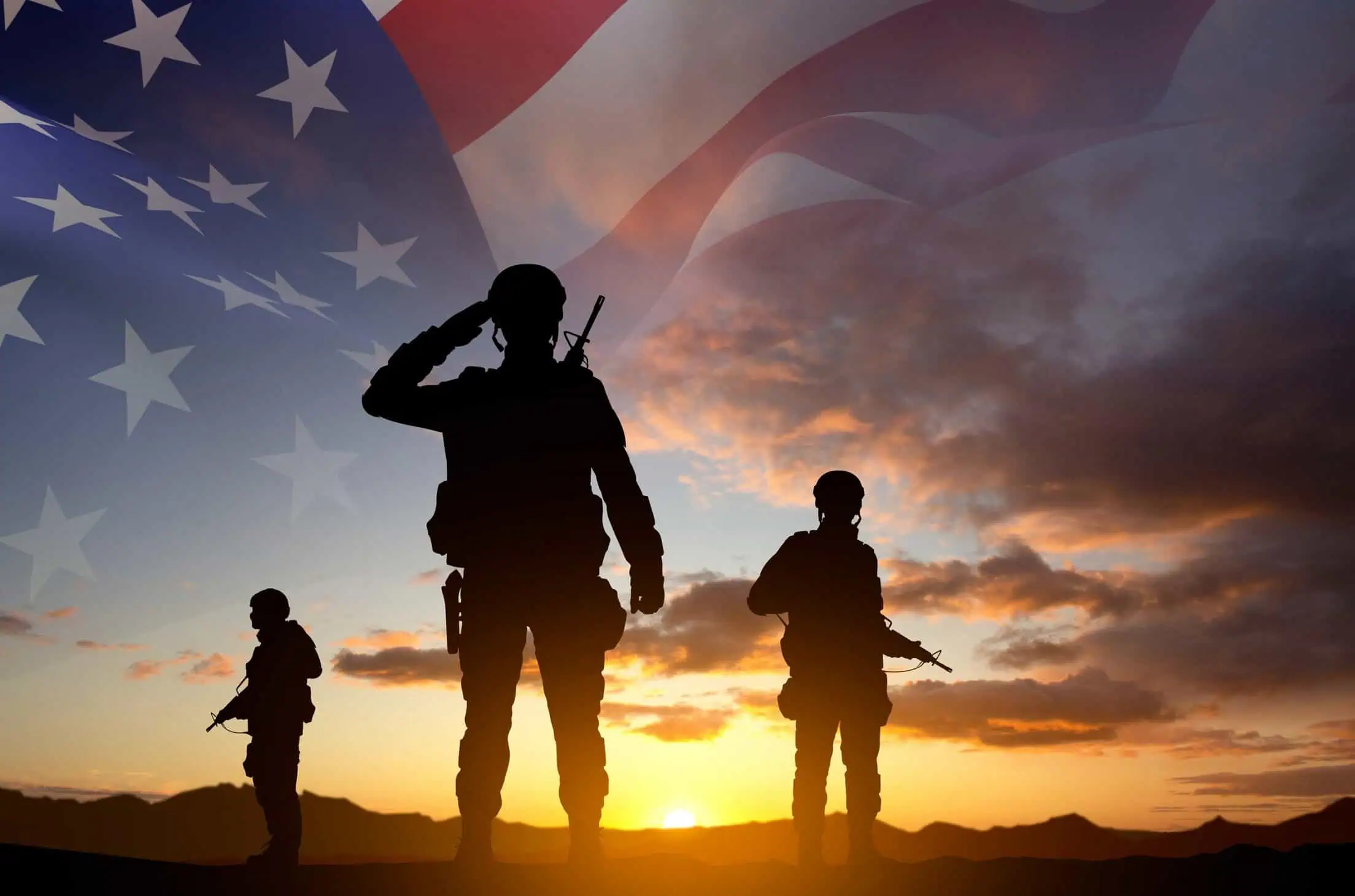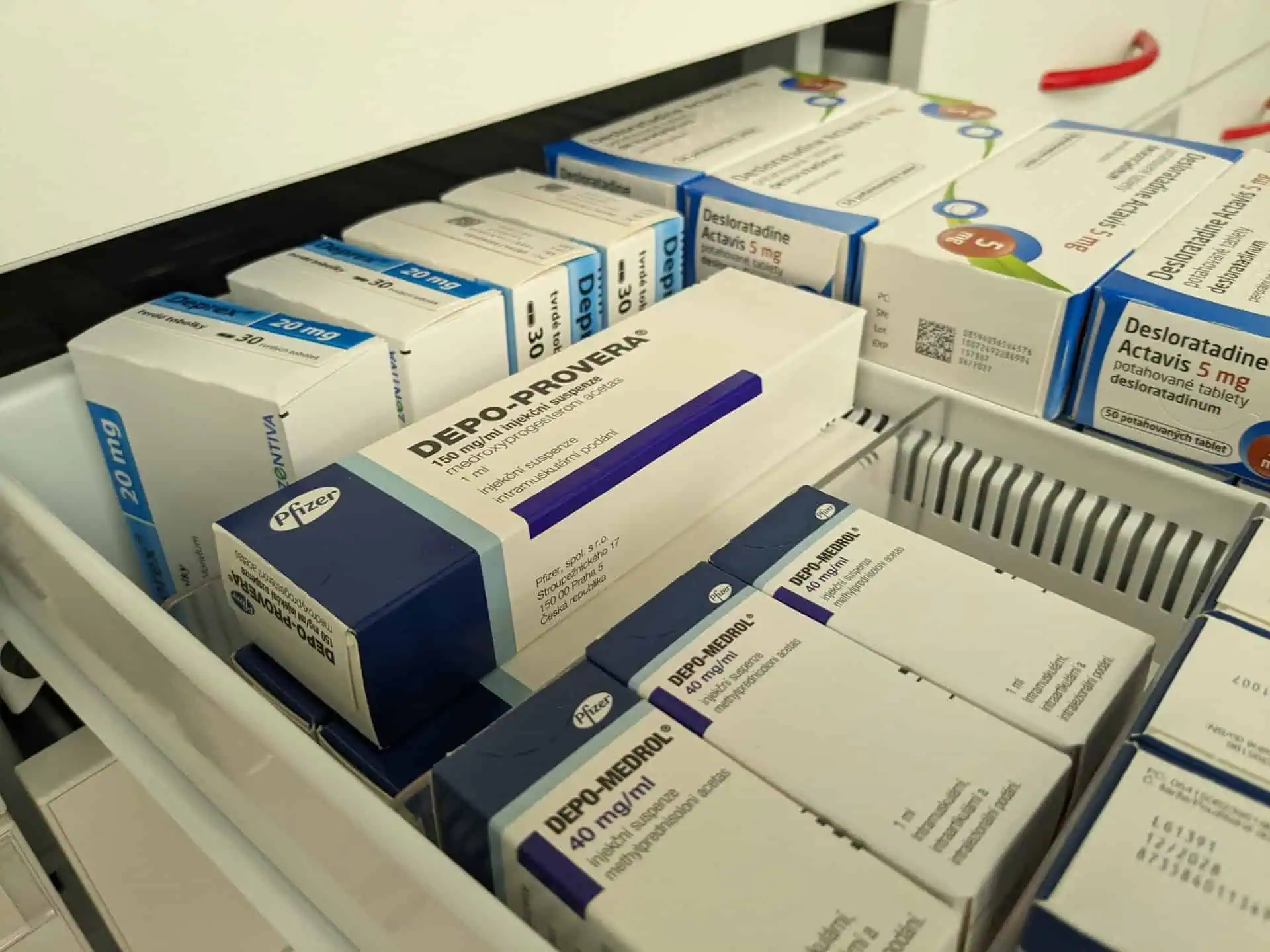FDA Actions – The Life Cycle of a Bad Drug
- Last Updated: August 4th, 2023

Attorney Jessica Paluch-Hoerman, founder of TruLaw, has over 28 years of experience as a personal injury and mass tort attorney, and previously worked as an international tax attorney at Deloitte. Jessie collaborates with attorneys nationwide — enabling her to share reliable, up-to-date legal information with our readers.
Legally Reviewed
This article has been written and reviewed for legal accuracy and clarity by the team of writers and legal experts at TruLaw and is as accurate as possible. This content should not be taken as legal advice from an attorney. If you would like to learn more about our owner and experienced injury lawyer, Jessie Paluch, you can do so here.
Fact-Checked
TruLaw does everything possible to make sure the information in this article is up to date and accurate. If you need specific legal advice about your case, contact us by using the chat on the bottom of this page. This article should not be taken as advice from an attorney.
FDA Actions – The Life Cycle of a Bad Drug
Certain FDA actions are taken to keep the consumer safe.
The Food and Drug Administration (FDA) approves a drug for the market after it has received an initial analysis of the drug’s risks and benefits.
But, often times drug risks are not known until after the drug hits the market, and it is the responsibility of the manufacturer and the FDA to warn the public when such risks are determined to outweigh the benefits.
Monitoring drug safety after the drug has been approved and is on the market is often referred to as “post-market surveillance’.
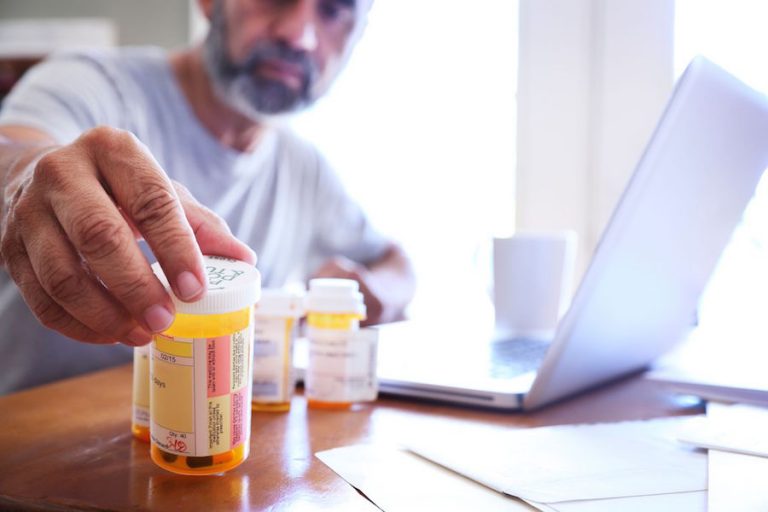
Post-market surveillance may entail required studies but is often done through an FDA computerized database called the FDA Adverse Event Reporting System (FAERS).
Clinical reviewers monitor the safety of products that are reported in FAERS.
If they find safety to be an issue during the life cycle of the drug, they will ask the FDA to take regulatory action.
Table of Contents
FDA Actions
One very large problem in tracking adverse events and the safety profile of drugs is that reporting of adverse events to the FDA is strictly voluntary.
The FDA asks consumers, healthcare providers, family members and lawyers to voluntarily report these adverse events to MedWatch, the voluntary reporting system.
In addition, if the manufacturer of the drug receives an adverse event report, they are also required to send the report to the FDA.
Drug safety professionals estimate that only 10% of adverse events are reported to the FDA every year, grossly underestimating the number of adverse events in the drugs we take on a daily basis.
Consumers must do their homework in order to make informed decisions about the drugs they take.
TruLaw and our team of attorneys encourage all individuals to report all adverse events to the FDA through their MedWatch program.
What Is A Black Box Warning?
A black box warning is the strongest warning that the FDA requires and signifies that medical studies indicate that the drug carries a significant risk of a serious adverse event.
The FDA requires this warning to appear on the prescription drug’s label and it is designed to call attention to serious life-threatening risks.
Removal From The Market
If the FDA determines that needs to be removed from the market it can either recall it or ask the manufacturer of the drug to withdraw it.
Drug recalls may be done by the drug manufacturer or required by the FDA and are generally ranked based on the seriousness of the risk from Class I to Class III.
Class I recalls are situations in which there is a reasonable probability that the use of or exposure to a violative product will cause serious injury.
Class II recalls are situations that may cause temporary or reversible health consequences or serious adverse events where the probability is remote.
Class III recalls are generally done because of a mislabel and are not likely to cause adverse events.
The drug may also be removed from the market through a market withdrawal which occurs when a product has a minor violation that would not be subject to FDA legal action.
In a market withdrawal, the drug company often removes the drug just long enough to fix the problem and then brings the product back to the market.
Market withdrawals may occur as a result of tampering.

Managing Attorney & Owner
With over 25 years of legal experience, Jessica Paluch-Hoerman is an Illinois lawyer, a CPA, and a mother of three. She spent the first decade of her career working as an international tax attorney at Deloitte.
In 2009, Jessie co-founded her own law firm with her husband – which has scaled to over 30 employees since its conception.
In 2016, Jessie founded TruLaw, which allows her to collaborate with attorneys and legal experts across the United States on a daily basis. This hypervaluable network of experts is what enables her to share the most reliable, accurate, and up-to-date legal information with our readers!
Here, at TruLaw, we’re committed to helping victims get the justice they deserve.
Alongside our partner law firms, we have successfully collected over $3 Billion in verdicts and settlements on behalf of injured individuals.
Would you like our help?
At TruLaw, we fiercely combat corporations that endanger individuals’ well-being. If you’ve suffered injuries and believe these well-funded entities should be held accountable, we’re here for you.
With TruLaw, you gain access to successful and seasoned lawyers who maximize your chances of success. Our lawyers invest in you—they do not receive a dime until your lawsuit reaches a successful resolution!
AFFF Lawsuit claims are being filed against manufacturers of aqueous film-forming foam (AFFF), commonly used in firefighting.
Claims allege that companies such as 3M, DuPont, and Tyco Fire Products failed to adequately warn users about the potential dangers of AFFF exposure — including increased risks of various cancers and diseases.
Depo Provera Lawsuit claims are being filed by individuals who allege they developed meningioma (a type of brain tumor) after receiving Depo-Provera birth control injections.
A 2024 study found that women using Depo-Provera for at least 1 year are five times more likely to develop meningioma brain tumors compared to those not using the drug.
Suboxone Tooth Decay Lawsuit claims are being filed against Indivior, the manufacturer of Suboxone, a medication used to treat opioid addiction.
Claims allege that Indivior failed to adequately warn users about the potential dangers of severe tooth decay and dental injuries associated with Suboxone’s sublingual film version.
Social Media Harm Lawsuits are being filed against social media companies for allegedly causing mental health issues in children and teens.
Claims allege that companies like Meta, Google, ByteDance, and Snap designed addictive platforms that led to anxiety, depression, and other mental health issues without adequately warning users or parents.
Transvaginal Mesh Lawsuits are being filed against manufacturers of transvaginal mesh products used to treat pelvic organ prolapse (POP) and stress urinary incontinence (SUI).
Claims allege that companies like Ethicon, C.R. Bard, and Boston Scientific failed to adequately warn about potential dangers — including erosion, pain, and infection.
Bair Hugger Warming Blanket Lawsuits involve claims against 3M — alleging their surgical warming blankets caused severe infections and complications (particularly in hip and knee replacement surgeries).
Plaintiffs claim 3M failed to warn about potential risks — despite knowing about increased risk of deep joint infections since 2011.
Baby Formula NEC Lawsuit claims are being filed against manufacturers of cow’s milk-based baby formula products.
Claims allege that companies like Abbott Laboratories (Similac) and Mead Johnson & Company (Enfamil) failed to warn about the increased risk of necrotizing enterocolitis (NEC) in premature infants.
Here, at TruLaw, we’re committed to helping victims get the justice they deserve.
Alongside our partner law firms, we have successfully collected over $3 Billion in verdicts and settlements on behalf of injured individuals.
Would you like our help?


